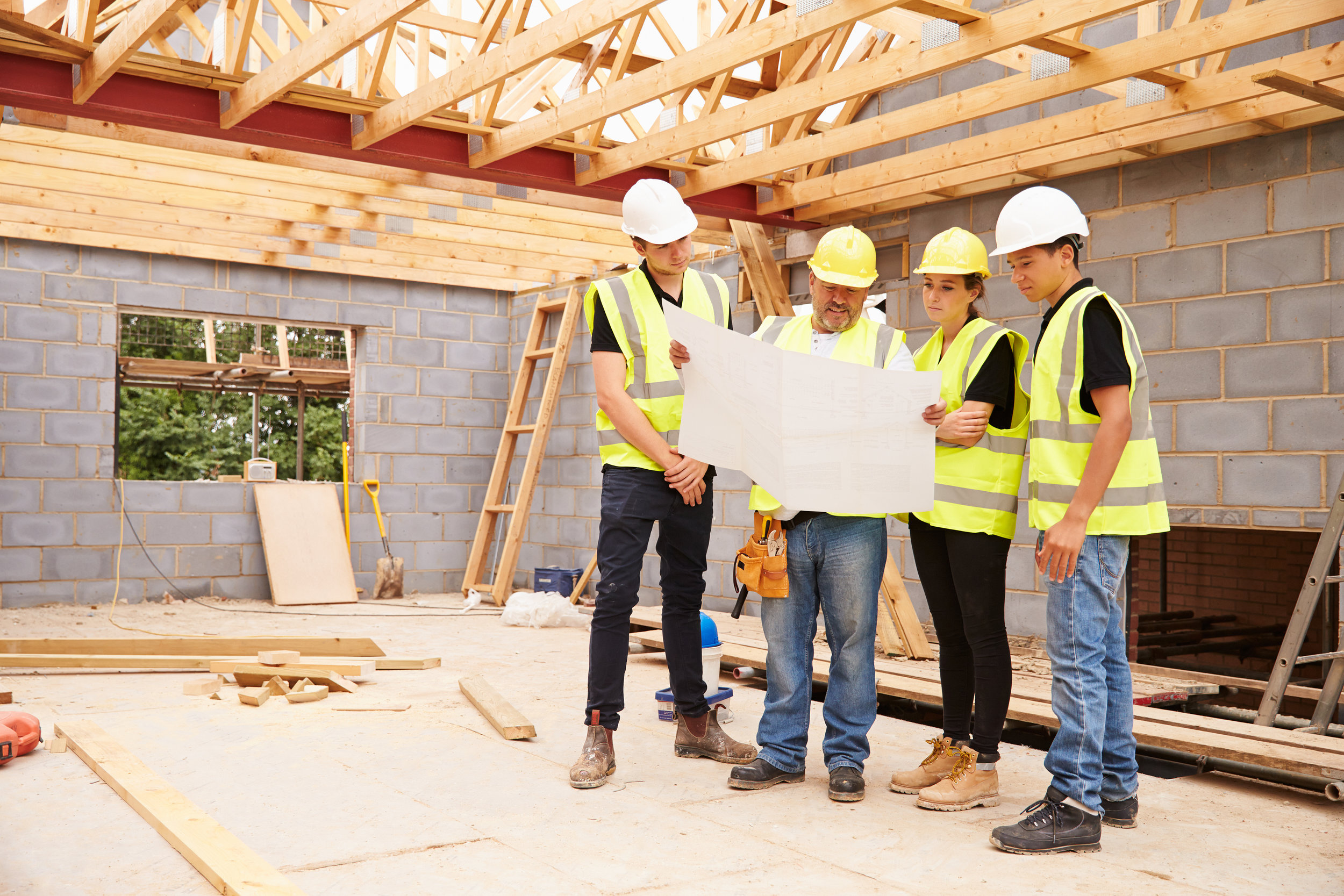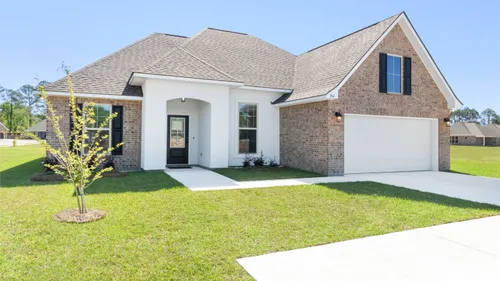Just How a General Specialist Can Transform Your Common Locations Into Functional Rooms
The change of usual locations right into functional spaces is a nuanced process that calls for a basic service provider's experience in evaluating details area requirements and designing customized services. By considering aspects such as design, accessibility, and visual appeal, a professional can produce settings that not only offer functional objectives yet likewise foster area engagement. Through effective job monitoring and adherence to high quality standards, these remodellings can dramatically improve individual experience. Yet, the complexities associated with balancing style and capability elevate crucial questions about best techniques and prospective challenges that value additional expedition.
Assessing Current Common Area Requirements
When examining typical locations, it is vital to identify and comprehend the specific demands of the area they serve. This process begins with a complete analysis of current usage patterns, which includes celebration data on foot website traffic, height usage times, and activities occurring within these areas. Engaging with area members through meetings or surveys can offer valuable understandings into their preferences and difficulties.
Following, it is very important to think about the market structure of the neighborhood, consisting of age, way of living, and any special needs that may impact how these rooms are utilized. As an example, family members with young kids might call for play areas, while older grownups may focus on availability features.
Additionally, reviewing the existing framework and services is crucial. Recognizing locations that are underutilized or in demand of fixing can notify potential enhancements. Teaming up with stakeholders, such as residential property supervisors and regional organizations, makes certain that the assessment mirrors a comprehensive understanding of the community's demands.
Inevitably, a meticulous analysis of existing common location needs prepares for effective transformations, permitting for the production of areas that promote engagement and boost the overall lifestyle within the area.
Designing for Functionality and Visual Appeal
A thorough understanding of community requires establishes the phase for reliable layout that stabilizes capability and visual appeals in typical areas. Successful design requires a thoughtful strategy that takes into consideration both the useful uses the room and the visual allure that boosts the setting.
Useful style entails producing rooms that cater to the particular tasks and interactions of the community. This could include flexible seating setups for events, available pathways for people with movement difficulties, or designated areas for recreational activities. Each element must serve a purpose while guaranteeing ease of motion and comfort for users.
The selection of colors, materials, and illumination can dramatically influence the assumption of a room. Additionally, aligning the layout with the neighborhood's cultural identity can cultivate a feeling of belonging and pride.
Budgeting and Resource Allocation
Efficient budgeting and source allocation are essential elements in the successful makeover of common areas. A distinct spending plan describes the economic parameters within which the project need to operate, ensuring that expenses are managed and sources are efficiently used. This begins with an extensive evaluation of project requirements, including layout components, materials, and labor.

A basic navigate to this site contractor plays an important duty in this phase, teaming up with stakeholders to develop sensible spending plan price quotes that straighten with the designated vision. By focusing on essential attributes and discovering affordable choices, the specialist can enhance costs without jeopardizing quality.
Source appropriation entails strategically assigning employees, equipment, and products to various stages of the project (Bathroom Remodeling Indiana). This calls for careful planning to prevent delays and make sure that each element is delivered on time. In addition, routine surveillance of expenses against the budget assists to recognize prospective overruns early, enabling prompt adjustments
Managing Building Refine Efficiently
Managing the construction process successfully is important for accomplishing prompt job conclusion and maintaining budget honesty. A well-coordinated method includes careful preparation, clear communication, and reliable resource management. General specialists need to establish a detailed task timeline that lays out each phase of building, enabling the recognition of vital turning points and possible traffic jams.
Routine development conferences are crucial for keeping all stakeholders educated and lined up. These meetings help with the timely resolution of problems, guaranteeing that the job stays on track. Additionally, utilizing job management software can simplify interaction, track progression, and take care of documentation, decreasing the probability of delays and misunderstandings.
Efficient source appropriation is likewise extremely important. By guaranteeing that materials, labor, and tools are available when needed, basic contractors can prevent pricey interruptions. Implementing a positive technique to risk management further boosts efficiency, as it enables the identification and reduction of prospective challenges before they escalate.

Making Sure Conformity and Quality Specifications
Conformity and top quality criteria are essential to the success of any type of building project, making sure that the finished spaces not only meet customer assumptions yet likewise stick to regulative requirements. A basic professional plays a critical function in implementing these standards throughout the building and construction procedure.
First, it is important for the contractor to remain upgraded on local building codes, safety regulations, and market ideal techniques. This understanding enables them to assist layout selections and product choices that line up with conformity requirements. Normal additional resources assessments and quality evaluations during the building phase help to determine prospective issues early, minimizing pricey hold-ups and remodel.
Additionally, a reliable general contractor promotes a culture of high quality amongst workers and subcontractors. This can be attained by supplying training on conformity protocols and executing stringent high quality control steps. By establishing clear interaction channels, the service provider can guarantee that every person involved recognizes their responsibilities concerning compliance and top quality.
Verdict
To conclude, the function of a basic contractor in transforming common areas right into functional spaces is essential. Via a comprehensive analysis of area needs, thoughtful style, careful budgeting, and efficient project management, these experts can create settings that enhance functionality and aesthetic allure. Adherence to conformity and quality criteria additionally ensures that revitalized spaces not just meet the expectations of stakeholders however also foster engagement and enrich the more helpful hints overall experience for all customers within the area.
The change of common locations into functional rooms is a nuanced procedure that requires a general specialist's expertise in evaluating specific area requirements and designing customized options. By thinking about aspects such as design, availability, and aesthetic charm, a contractor can create atmospheres that not only serve useful objectives however additionally foster community engagement. General specialists must develop an in-depth task timeline that details each phase of building, allowing for the recognition of possible traffic jams and essential landmarks.
